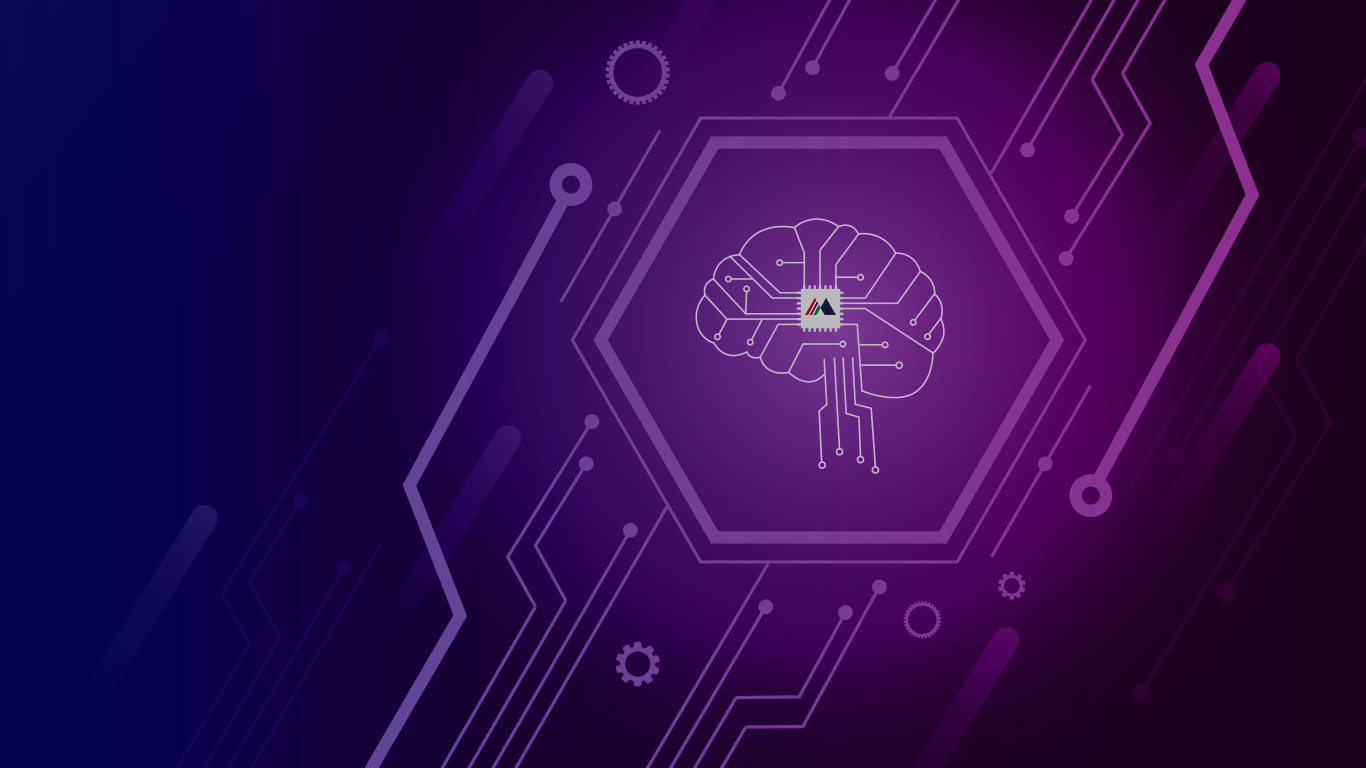
A Guide for Successful Machine Learning Project
Friday, 10 September 2021
Machine learning has become an indispensable part of the digital transformation journey. It helps organizations analyze data and make accurate decisions. It also enables organizations to better respond to the needs of their customers while also striving for the highest level of business performance.
Python Ecosystem
In today's digital era, Python has become the most dominant platform for machine learning. It is because Python is easy to learn, and its language focuses on readability. It can simplify the transition from development to production as the programming language used for both processes are the same.
Furthermore, IT help desks also take proactive prevention. The information gathered by IT help desks will help organizations identify which systems that are constantly running into issues. Therefore, they could be proactive about changing hardware as a prevention without worrying system crashes in the future. Last but not least, IT help desk provides automatic surveys to measure the job performance after a problem is solved. The result of the surveys will help them improve and give better performance in the future.
Before starting a machine learning project, it is important to have the ability to load data that is going to be used throughout the process. The most common format for machine learning data is CSV files. This type of file can be loaded in python with Python Standard Library, NumPy, or Pandas. The Python Standard provides the reader() function that can be used to load CSV files. On the other hand, NumPy provides the numpy.loadtxt() function which assumes that all data have no header row and are in the same format. Lastly, Pandas provides the pandas.read csv() function which returns a pandas.DataFrame that can be immediately used for summarizing and plotting.
Predictive Modelling
Predictive modelling is a statistical technique used to predict possible future outcomes based on historical and existing data. It can be implemented in a machine learning project through several steps. First, organizations must define the problem that is intended to be solved. If there is a problem definition, it would be easier to establish the appropriate project goals and collect the right information relating to it. The data of the information relating to the problem found is then analyzed using descriptive statistics and visualization. The purpose of this step is to find out if the data collected matches with the problem definition as it later will directly impact the execution times and results.
After that, the data is prepared using data transforms to expose the structure of the problem to modelling algorithms. The next step involves evaluation using a test harness. Evaluation is needed to select the top standard algorithms of the data which later will be investigated further. Next, use algorithm tuning and ensemble methods to obtain the most out of well-performing algorithms of the collected data and determine the quality of it. Finally, after completing the data collecting, analyzing, and evaluating, the machine learning is now can be used to predict solution and possible future outcomes.
Conclusion
Machine learning can be exceptionally valuable for organizations wanting to bring about a digital transformation. Organizations could implement predictive modelling while also utilizing python ecosystem when adopting machine learning in order to get accurate predictions of future outcomes.
Reference:
Brownlee, J. (2019, August 21). How To Load Machine Learning Data in Python. Machine Learning Mastery. https://machinelearningmastery.com/load-machine-learning-data-python/
Magnimind, M. (2019, June 17). Why Learning Python Is Important For Machine Learning Aspirants? Medium. https://becominghuman.ai/why-learning-python-is-important-for-machine-learning-aspirants-a97c5ec0629a
Pirani, N. (2019, January 24). The 6 Steps to Machine Learning - Nyla Pirani. Medium. https://nylapirani.medium.com/the-6-steps-to-machine-learning-bc99f8125aa2